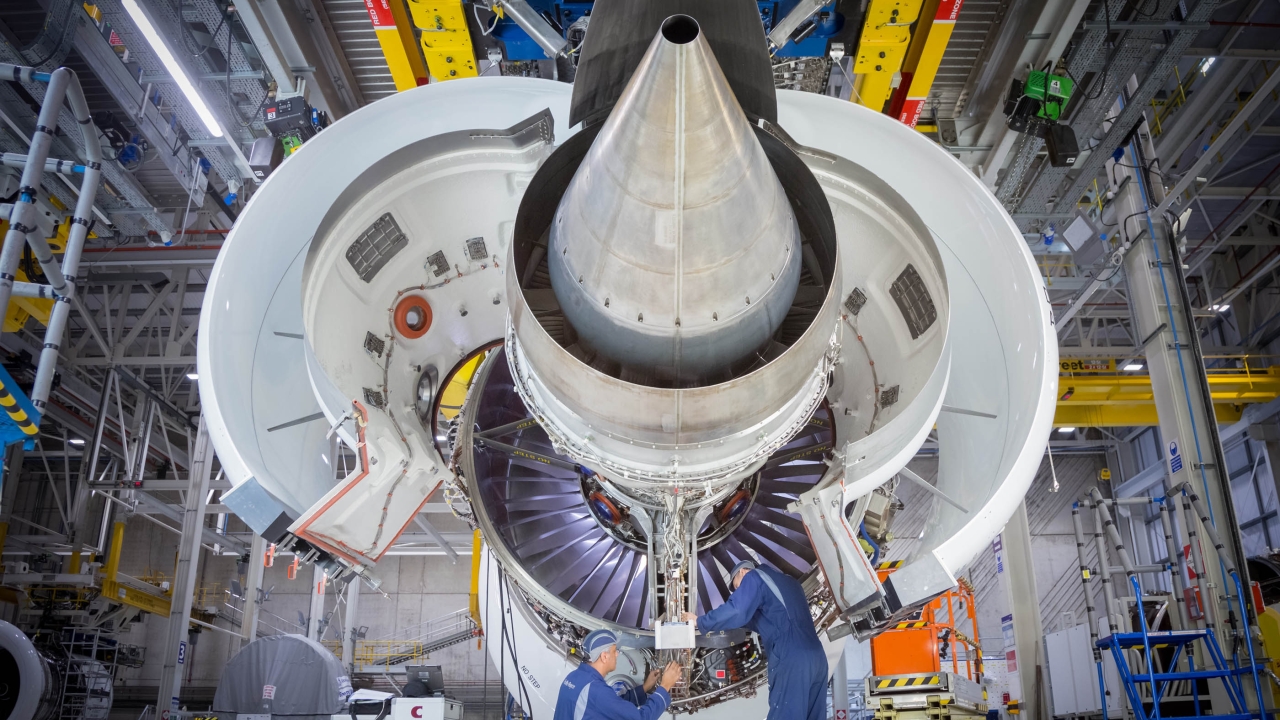FlyART paints a bigger picture with twin targets
Chadian start-up FlyART is planning to launch scheduled operations from this year, although the exact business model is still being finalised. Victoria Moores reports.

FlyART has been created to replace Toumaï Air Tchad, which was founded in 2004 and ceased operations in 2012.
Toumaï Air Tchad operated a Boeing 737-400 and a Fokker F28 from N’Djamena on domestic and regional routes, bringing in other chartered aircraft to perform Hajj pilgrimage flights. However, FlyART will operate a different business model to its predecessor.
“It was the will of the president of Chad to resurrect a national carrier in the country,” said FlyART senior consultant, Hervé Gueusquin, speaking at Aviation Africa 2017 in Kigali, Rwanda.
FlyART has been created from Gabonese airline, Afrijet Business Services, and is headed by its CEO, Marc Gaffajoli.
Afrijet was already present in Chad, operating VIP flights on Dassault Falcon 900Bs business jets, when it seized the opportunity to set up the new airline.
Alongside the two Falcon 900Bs, Afrijet also operates two ATR 42-500s and two ATR 72-500s in Gabon.
The commodity crisis meant that oil and gas companies no longer wanted to fully charter planes, so Afrijet switched from full-charter to scheduled services, with block seat agreements for the oil companies.
Gueusquin helped Afrijet in the change management of business model, setting up the website, the reservations system, ground operations procedures and the new brand – FlyAfrijet.online.
He was helping Afrijet set up its own scheduled operations within Gabon and to São Tomé and Príncipe before getting involved separately with the FlyART project.
The fledging Chadian start-up is planning a two-pronged approach. On the one hand, it plans to tap the lucrative Hajj pilgrimage market using chartered wide-bodies such as Boeing 777s or 747s. Separately, it wants to perform regional scheduled operations.
Chad has an allocation of 12,000 Hajj pilgrims this year, who need to be transported to Jeddah within a one-week period, returning a month later. Under the rules set by Saudi Arabia Civil Aviation – GACA, Saudi Arabia’s designated Hajj carrier, Flynas, is allowed to carry 50% of this traffic. This means FlyART has access to thousands of passengers.
FlyART’s geographical location is an advantage. Chad is positioned right in the centre of Africa, so it is just four hours’ flight to Jeddah, versus 10 hours via Ethiopia, or eight hours via Egypt, which are the alternatives.
The airline wants to operate regional flights from Niamey in Niger and N’Djamena to Jeddah using a Boeing 737-300 on wet lease. It is looking to partner for its regional flights, preferably with a Gulf low-cost-carrier (LCC) performing onward flights from Jeddah. “If you want to be profitable in Africa, you have to partner with one of the big guys,” said Gueusquin.
FlyDubai would be a potential partner, but Gueusquin believes that the Flynas model fits more closely with FlyART, as it shares a similar cabin and product concept.
Talks are under way but Gueusquin said the exact set-up is still evolving. This leaves FlyART with three potential options: to operate its own-branded wet-leased aircraft independently, to codeshare on its own operations with a LCC, or to sell block seats on LCC-operated flights.
However, a possible complication could come from Ethiopian Airlines, which Gueusquin said is in talks to set up its own joint-venture regional airline in Chad. There is a risk that this airline could become the Chad national carrier, which would mean FlyART losing its Chad Hajj rights. But this would not deter FlyART, which would press ahead with its regional plans as a non-flag carrier.
Gueusquin recognises the challenges of setting up the airline. Taxation is high, which prohibits the kind of low fares needed to make travel accessible for regular people. This limits the market to business travellers, like traders, importers and exporters, who have to travel from one place to another for their work. There is also little data available on potential routes, as many of them have never been operated before.
However, he is confident that the airline will take off, even if the precise flight path is a little unclear for the moment.
Stay up to date
Subscribe to the free Times Aerospace newsletter and receive the latest content every week. We'll never share your email address.

